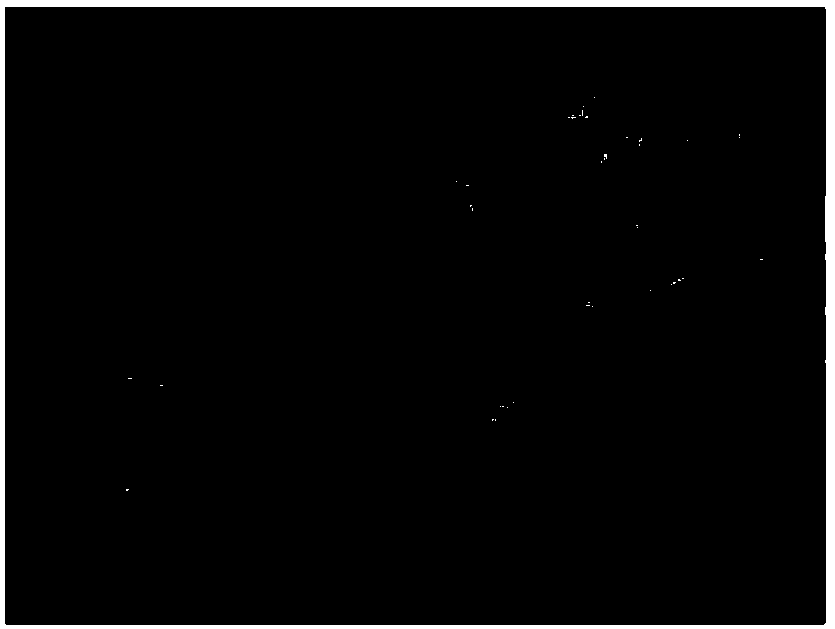In-vitro identification method for gramineal self-incompatibility phenotype
An identification method and affinity technology, applied in the field of plant biology, can solve problems such as time-consuming, complex genetic background, and large workload, and achieve the effects of simple and easy-to-master methods, controllable experimental conditions, and improved efficiency.
- Summary
- Abstract
- Description
- Claims
- Application Information
AI Technical Summary
Problems solved by technology
Method used
Image
Examples
Embodiment 1
[0049] Source: 20 M. sinensis genotypes preserved in Jiangsu University, numbered Ms01~Ms20.
[0050] 1. Inflorescence arrangement: select the spikes that will open the next day from plants of different awn genotypes, cut off the inflorescences with branch shears, retain the stalks about 1 meter in length at the bottom, and place a small amount of the inflorescences that are already open. The spikelets are trimmed away.
[0051] 2. Artificial flower promotion: insert the arranged inflorescence branches into the Hoagland nutrient solution, and place them in complete darkness at room temperature for 8-12 hours for flower promotion.
[0052] 3. In vitro culture of pistil: Take the mature spikelet that will open the next day from the inflorescence of the same awn genotype plant, peel off the inner and outer lamina of the spikelet with pointed tweezers under an OLYMPUS stereo microscope to expose the pistil, and then use it A sharp surgical blade cuts the intact pistil from the base of t...
Embodiment 2
[0058] Source: M. sinensis Ms344 and different individual plants of the progeny population of cross-crossing with Ms425.
[0059] 1. Inflorescence arrangement: select the spikes that will open the next day from the progeny plants of the male parent, and cut the inflorescences with branch shears. Keep a stalk about 1 meter in length at the bottom, and place a small amount on the inflorescence The open spikelets are trimmed away.
[0060] 2. Artificial flower urging: insert the above-mentioned inflorescence branches into the Hoagland nutrient solution, and place them in complete darkness at room temperature for 8-12 hours for flower urging treatment.
[0061] 3. In vitro culture of pistil: Take the mature spikelet that will open the next day from the inflorescence of the Ms344 plant, peel off the inner and outer lamina of the spikelet with pointed tweezers under the OLYMPUS stereo microscope to expose the pistil, and then use a sharp operation Cut the intact pistil from the base of th...
PUM
 Login to View More
Login to View More Abstract
Description
Claims
Application Information
 Login to View More
Login to View More - R&D
- Intellectual Property
- Life Sciences
- Materials
- Tech Scout
- Unparalleled Data Quality
- Higher Quality Content
- 60% Fewer Hallucinations
Browse by: Latest US Patents, China's latest patents, Technical Efficacy Thesaurus, Application Domain, Technology Topic, Popular Technical Reports.
© 2025 PatSnap. All rights reserved.Legal|Privacy policy|Modern Slavery Act Transparency Statement|Sitemap|About US| Contact US: help@patsnap.com



